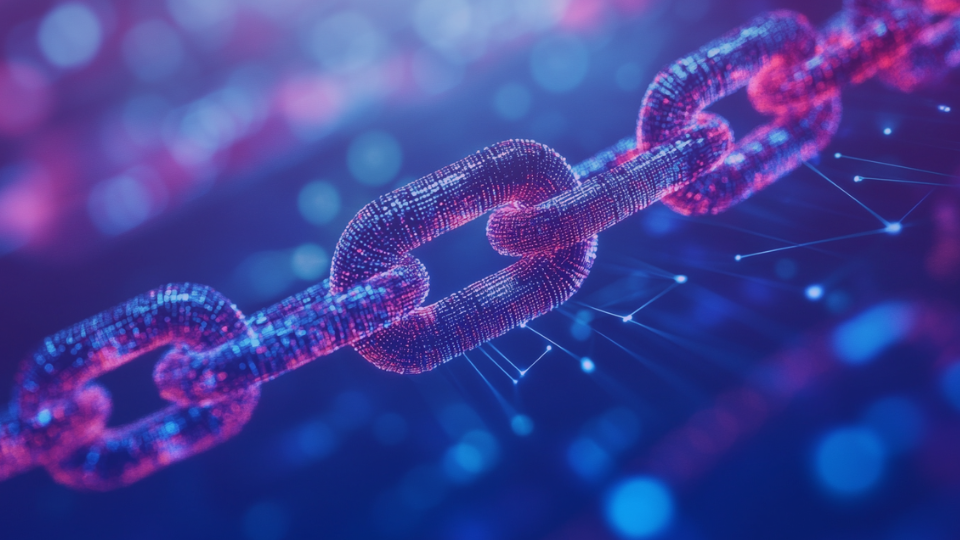AT&T Data Breach Exposes 73 Million: What’s happening & what was exposed

AT&T has disclosed a data breach affecting 73 million users, marking a significant cybersecurity event. The leaked information includes names, addresses, phone numbers, Social Security numbers, and birth dates—data that could lead to identity theft and financial fraud. Approximately 7.6 million current and 65.4 million former customers are impacted, highlighting the breach's extensive reach within the telecom sector.
The origin of the breach remains unclear, but AT&T still hints that it might completely or partially involve external sources or third-party vendors. This ambiguity has spurred debate among experts and concern among the public.
The Breach Details
Hackers may have used phishing, exploited system vulnerabilities, or capitalized on insider threats and third-party vendor weaknesses to access sensitive customer data. This breach exposed critical personal information, such as Social Security numbers and birthdates—prime material for identity theft and financial fraud on the black market.
Cybersecurity experts, including Jane Doe from DigitalGuard Solutions, stress the breach's gravity: "The exposed data, especially Social Security numbers and birth dates, is a treasure trove for cybercriminals, heightening the urgency for stringent cybersecurity defenses and vigilant monitoring of accounts."
Parsing the Data's Authenticity
In the wake of the breach, cybersecurity experts have engaged in rigorous efforts to ascertain the authenticity of the leaked data. Troy Hunt, renowned for his work with ‘Have I Been Pwned’, played a pivotal role by cross-referencing the data against known breaches, offering a vital verification layer. This process, complemented by public user checks on his platform, has significantly bolstered the credibility of the breach's legitimacy.
Beyond individual efforts, various cybersecurity firms, including giants like Kaspersky Lab and Norton Security, have delved into the data, employing behavioral and pattern analysis to distinguish authentic data sets from fraudulent ones.
Key to these investigations are advanced digital forensic tools and data analysis software, enabling experts to dissect the breach's intricacies. Techniques like blockchain analysis have also been applied, tracing the potential use of stolen data in illicit transactions.
Origins and Speculations: Where Did the Data Come From?
In tracing the origins of the AT&T data breach, the spotlight falls on the dark web marketplaces, where such sensitive data often finds a new, illicit lease on life. Cybersecurity experts point out that the leaked information—ranging from email addresses to passcodes—becomes fodder for targeted phishing and credential stuffing attacks, posing significant risks to the unsuspecting victims.
AT&T's own investigations are ongoing, delving into whether the breach stemmed from internal systems or a third-party vendor. This quest is mired in complexity, with cybercriminals' advanced tactics obscuring the breach's source, challenging both detection and prevention efforts.
Speculation from cybersecurity professionals suggests the breach could catalyze a domino effect, impacting not just AT&T but the digital ecosystem at large. It raises concerns over data handling practices, spurring calls for tighter security protocols and potentially prompting regulatory and legal actions.
In response to escalating cyber threats, the industry is pivoting towards advanced cybersecurity practices. The adoption of quantum-resistant encryption by leading cloud providers marks a significant step forward, preparing defenses against future quantum computing threats. Equally, the Department of Defense's commitment to a Zero Trust model by 2027 exemplifies the "never trust, always verify" principle, setting a benchmark for data security.
Regular security audits and penetration testing have become crucial, as evidenced by the financial sector's adherence to FFIEC mandates, offering a model for telecom to follow.
Legislatively, the GDPR in the EU and the CCPA in California are pioneering data protection, setting stringent privacy standards. These efforts, alongside sector-specific frameworks like NIST's for telecom, underscore the importance of robust cybersecurity measures.
“The company is communicating proactively with those impacted and will be offering credit monitoring at our expense where applicable,” according to the statement.






